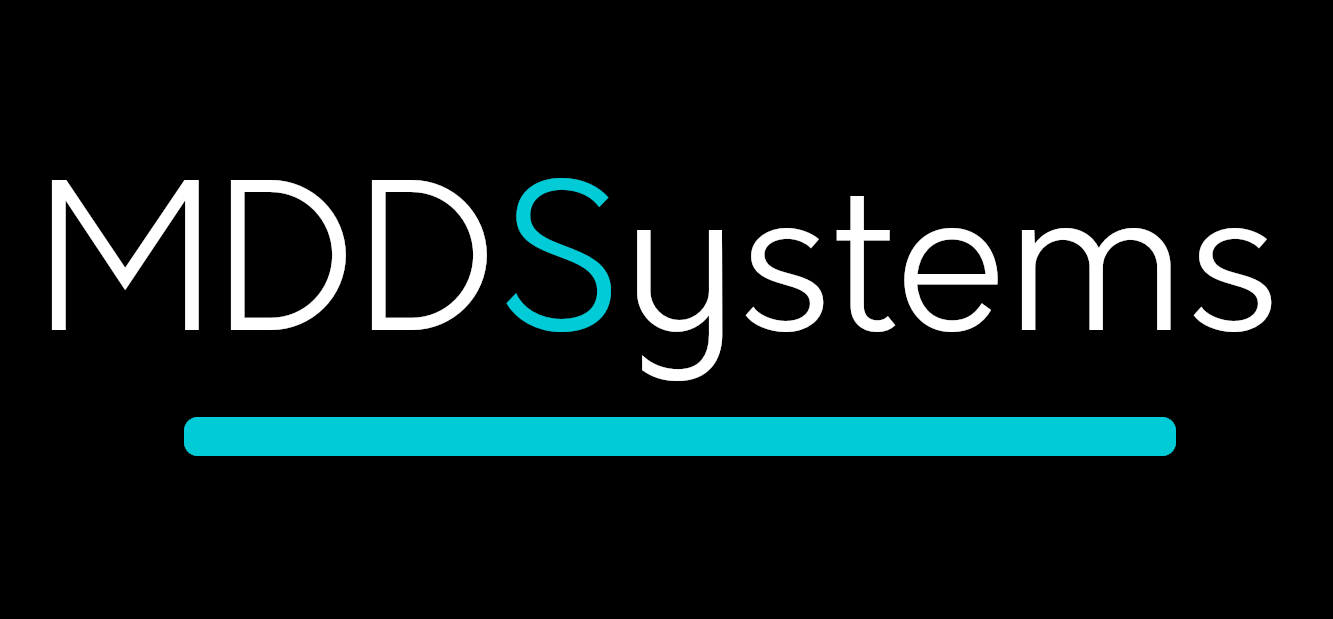Workshop Aim: the aim of this workshop is to improve or design a dashboard for monitoring projects. The workshop can also be used to train new Project Managers or to introduce a framework for managing projects.
Purpose: To design and implement a dashboard that tracks, visualizes, and reports the actual business benefits achieved from completed projects — ensuring accountability, strategic alignment, and evidence of ROI.
1. Objective
The Benefits Realization Dashboard provides organizations with a structured, ongoing mechanism to:
- Measure whether project outcomes translate into real business benefits.
- Link project success metrics to strategic objectives and KPIs.
- Track benefit realization timelines (short-term vs. long-term impacts).
- Enable data-driven portfolio decisions and investment prioritization.
- Reinforce the business case discipline across the project lifecycle.
2. Business Rationale
Most organizations assess project success at delivery — not at value realization.
However, true project maturity comes from tracking whether promised benefits actually materialize.
A Benefits Realization Dashboard:
- Aligns projects to strategic objectives and outcomes.
- Provides transparency for executives and sponsors.
- Builds confidence in the PMO’s value contribution.
- Enables continuous recalibration of project selection and investment decisions.
3. Prerequisites
Before implementation:
- Defined benefit types (financial, operational, strategic, compliance).
- A baseline benefits register (from business case or charter).
- Agreed ownership of benefits tracking (business sponsors or PMO).
- Available post-project data sources (finance, operations, HR systems).
- Access to a BI tool (Power BI, Tableau, or Excel-based model).
4. Implementation Phases
| Phase | Duration | Activities | Deliverables |
|---|---|---|---|
| 1. Framework Definition | 1 week | Define benefit categories, KPIs, data owners, and reporting frequency. | Benefits Realization Framework Document. |
| 2. Data Mapping & Integration | 2 weeks | Identify data sources, establish data feeds or manual collection points. | Data Dictionary and Integration Plan. |
| 3. Dashboard Design & Build | 2–3 weeks | Develop visualization layout, metrics, and automation features. | Benefits Realization Dashboard Prototype. |
| 4. Testing & Validation | 1 week | Validate data accuracy, review visuals with stakeholders. | Finalized Dashboard. |
| 5. Training & Rollout | 1 week | Train users (PMO, sponsors, executives) on usage and interpretation. | User Guide and Governance Plan. |
Total Duration: ~6–8 weeks
5. Key Dashboard Features
- Visual Benefit Tracking: Compare planned vs. realized value.
- KPI Drill-Down: View benefits by project, program, or strategic theme.
- Time-Based Trends: Track realization trajectory over quarters or years.
- Owner Accountability: Assign and display benefit owner per metric.
- Portfolio Insights: Aggregate benefits across business units or portfolios.
- Automated Updates: (where possible) linked to financial or operational systems.
6. Deliverables
- Benefits Realization Framework (process + ownership model)
- Dashboard Template or Power BI/Tableau Build
- Data Integration Plan and Dictionary
- User & Governance Manual
- Benefits Realization Report (initial populated version)
7. Learning Outcomes for Participants
After implementation and training, participants will:
✅ Understand how to track and interpret realized benefits.
✅ Be able to link business performance data to project outcomes.
✅ Learn to maintain benefit registers and update realization statuses.
✅ Gain visibility into cumulative project impact on strategic objectives.
✅ Develop the ability to communicate project value in business terms, not just delivery metrics.
